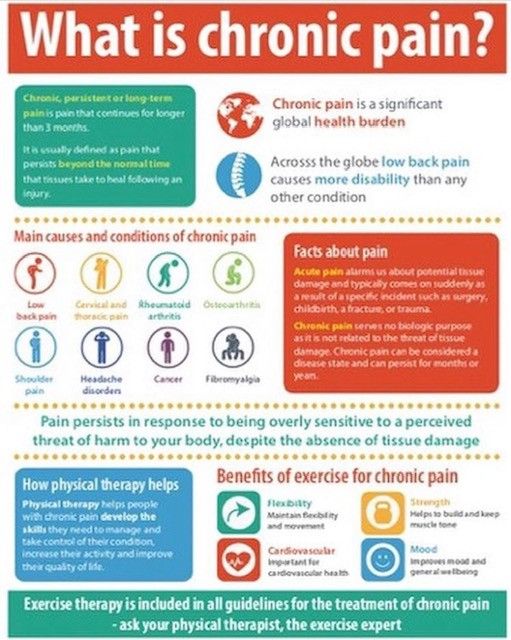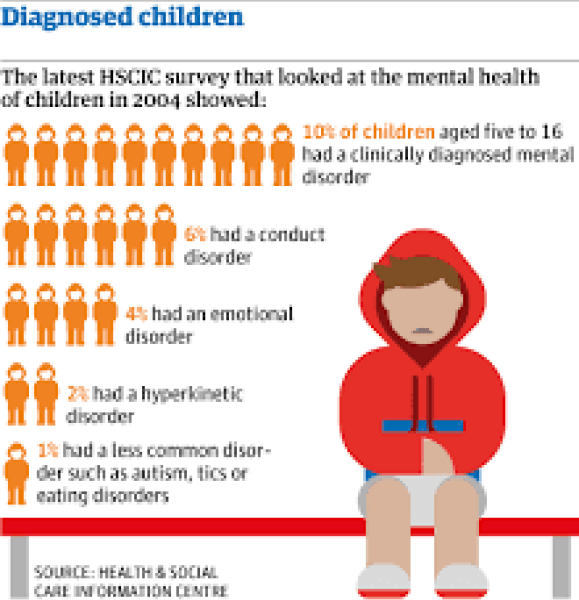Chronic pain is a condition that affects millions of people globally, with a wide range of causes and treatment options. In this article, we will delve into the various factors that can contribute to chronic pain and explore the most effective treatments available.
Causes of Chronic Pain
Chronic pain can be caused by a variety of factors, including underlying medical conditions, injuries, and lifestyle choices. Some of the most common causes of chronic pain include:
1. Medical Conditions
Conditions such as arthritis, fibromyalgia, and nerve damage can cause chronic pain that persists for months or even years. These underlying medical issues can lead to inflammation, nerve damage, and dysfunction in the body’s pain signaling pathways.
2. Injuries
Acute injuries such as fractures, sprains, and muscle strains can sometimes lead to chronic pain if not properly treated. In some cases, the damage from the initial injury may continue to cause pain long after the initial healing process has completed.
3. Lifestyle Choices
Poor posture, lack of exercise, and unhealthy habits such as smoking can all contribute to chronic pain. These factors can put undue stress on the body, leading to muscle imbalances, joint pain, and other issues that can manifest as chronic pain over time.
Treatments for Chronic Pain
There are several treatment options available for managing chronic pain, ranging from medication to physical therapy to alternative therapies. Some of the most common and effective treatments include:
1. Medication
Over-the-counter pain relievers, such as acetaminophen and ibuprofen, can help manage mild to moderate chronic pain. For more severe pain, prescription medications such as opioids and anti-inflammatory drugs may be prescribed by a healthcare provider.
2. Physical Therapy
Physical therapy can help improve strength, flexibility, and range of motion, all of which can help alleviate chronic pain. Therapists can work with patients to create personalized exercise routines and techniques to improve overall function and reduce discomfort.
3. Alternative Therapies
Alternative therapies such as acupuncture, massage therapy, and chiropractic care can also be effective in treating chronic pain. These non-invasive treatments focus on addressing the root cause of pain and promoting overall wellness.
4. Lifestyle Changes
Making lifestyle changes such as maintaining a healthy weight, engaging in regular exercise, and practicing stress management techniques can help reduce chronic pain. These modifications can improve overall health and well-being, leading to a decrease in pain symptoms.
Conclusion
Chronic pain is a complex and multifaceted condition that can be caused by a variety of factors. Understanding the underlying causes of pain and exploring the most effective treatment options can help individuals manage their symptoms and improve their quality of life. By working closely with healthcare providers and making positive lifestyle changes, individuals can find relief from chronic pain and regain control over their health and well-being.


